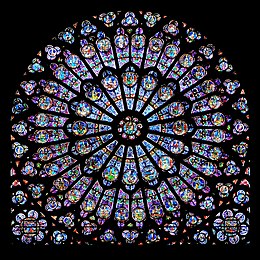
Back Skoonheid Afrikaans Schönheit ALS Belleza AN جمال Arabic সৌন্দৰ্য Assamese Guapura AST Берцинлъи AV Gözəllik Azerbaijani گؤزللیک AZB Матурлыҡ Bashkir

Beauty is commonly described as a feature of objects that makes them pleasurable to perceive. Such objects include landscapes, sunsets, humans and works of art. Beauty, art and taste are the main subjects of aesthetics, one of the fields of study within philosophy. As a positive aesthetic value, it is contrasted with ugliness as its negative counterpart.
One difficulty in understanding beauty is that it has both objective and subjective aspects: it is seen as a property of things but also as depending on the emotional response of observers. Because of its subjective side, beauty is said to be "in the eye of the beholder".[2] It has been argued that the ability on the side of the subject needed to perceive and judge beauty, sometimes referred to as the "sense of taste", can be trained and that the verdicts of experts coincide in the long run. This suggests the standards of validity of judgments of beauty are intersubjective, i.e. dependent on a group of judges, rather than fully subjective or objective.
Conceptions of beauty aim to capture what is essential to all beautiful things. Classical conceptions define beauty in terms of the relation between the beautiful object as a whole and its parts: the parts should stand in the right proportion to each other and thus compose an integrated harmonious whole. Hedonist conceptions see a necessary connection between pleasure and beauty, e.g. that for an object to be beautiful is for it to cause disinterested pleasure. Other conceptions include defining beautiful objects in terms of their value, of a loving attitude toward them or of their function.
- ^ Stegers, Rudolf (2008). Sacred Buildings: A Design Manual. Berlin: De Gruyter. p. 60. ISBN 3764382767.
- ^ Gary Martin (2007). "Beauty is in the eye of the beholder". The Phrase Finder. Archived from the original on November 30, 2007. Retrieved December 4, 2007.